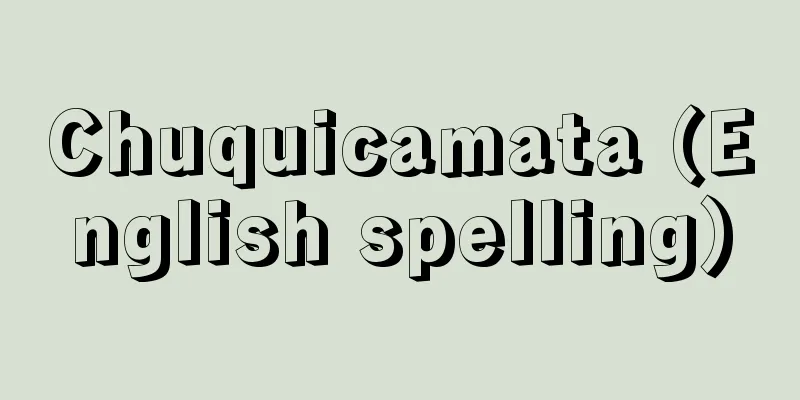Gengo - lingo

|
This is a representative work by Miura Baien, a philosopher who represents the mid-to-late Edo period. It consists of eight volumes. This work advocates an objective and positivist methodology of "reflection, unity, and relying on signs," and has almost completed a completely original "study of the profound energy." Baien began writing it in 1753 (the third year of the Horeki era) when he was 31 years old, and in 1775 (the fourth year of the An'ei era) when he was 53 years old, after 23 years and 23 revisions, he completed the work in a tentative form as "An'ei 4nen Hongengo." However, he continued to think and revise the manuscript until his death day, and the results remain as "Josho Hongengo." This work, along with his second major work "Zeigo" (14 volumes) and third major work "Kango" (1 volume), is called "Baien's Three Words." While Buddhist philosophy, one of the two major philosophies that dominated the Edo period, was based on the Mount Meru view of nature, and Confucian philosophy, especially Zhu Xi's philosophy which dominated Japan during the Edo period, was based on the local body view of nature, the third philosophy, Baien's philosophy, was based on a new view of nature that was introduced from the West, the global body theory. [Masakazu Takahashi] Source: Shogakukan Encyclopedia Nipponica About Encyclopedia Nipponica Information | Legend |
|
江戸中期から後期を代表する哲学者三浦梅園(ばいえん)の代表的著作。全8巻。本書は「反観合一、徴(あらわれ)に正に依(よ)る」という客観主義的実証主義的方法論を掲げて、まったく独創的な「玄なる一元気の研究」をほぼ完成に近いまでに推し進めた。梅園は、1753年(宝暦3)31歳の年に書き始め、75年(安永4)53歳の年に、23年の歳月と23回の換稿の果てに『安永(あんえい)四年本玄語』としていちおうの体裁を調える。しかし、思索と換稿の筆は臨終の日まで続き、その成果は『浄書本玄語』として残されている。第二主著『贅語(ぜいご)』(全14巻)、第三主著『敢語(かんご)』(全1巻)とあわせて「梅園三語」と自称する。江戸時代を支配した二大哲学としての仏教哲学が須弥山(しゅみせん)説という自然観に、儒教哲学、なかでも日本の江戸時代を支配した朱子学が地方体説という自然観に立脚しているのに対して、第三の哲学としての梅園哲学は地球体説という西洋から伝来した新しい自然観に立脚している。 [高橋正和] 出典 小学館 日本大百科全書(ニッポニカ)日本大百科全書(ニッポニカ)について 情報 | 凡例 |
Recommend
Takakura family
(1) A descendant of the Northern branch of the Fuj...
ta panta (English spelling) tapanta
…In the classical Greek world, physis was one of ...
IOP - IOP
…It is the pressure inside the eyeball, also call...
God's foot - Kamiashiage
…In addition to the Utaki, each village has a sac...
Pārśvanātha (English spelling) Parsvanatha
...The first Tirthankara was called Rishabha (col...
Woman soldier
Throughout history, there are many examples of wom...
protrochula larva (English spelling) protrochulalarva
…Composite eggs are formed when an egg cell produ...
gievre
… [structure] The main part of the structure is t...
Nakhon Si Thammarat
A port city on the Gulf of Thailand at the base of...
serous gland
… [Classification of glands by type of secretion]...
Amarna Art - Amarna Art
This is an anti-traditional art form that was pers...
Turan Depression (Turan Lowland)
A lowland stretching from Turkmenistan and Uzbeki...
Nothingness (English)
Strictly speaking, "nothing" should be ...
Kakusuke - Kakujo
Year of death: 1.10 of the Shoryaku era (1077) Yea...
Jubayl (English spelling)
The ancient Phoenician city of Byblos, also known ...









